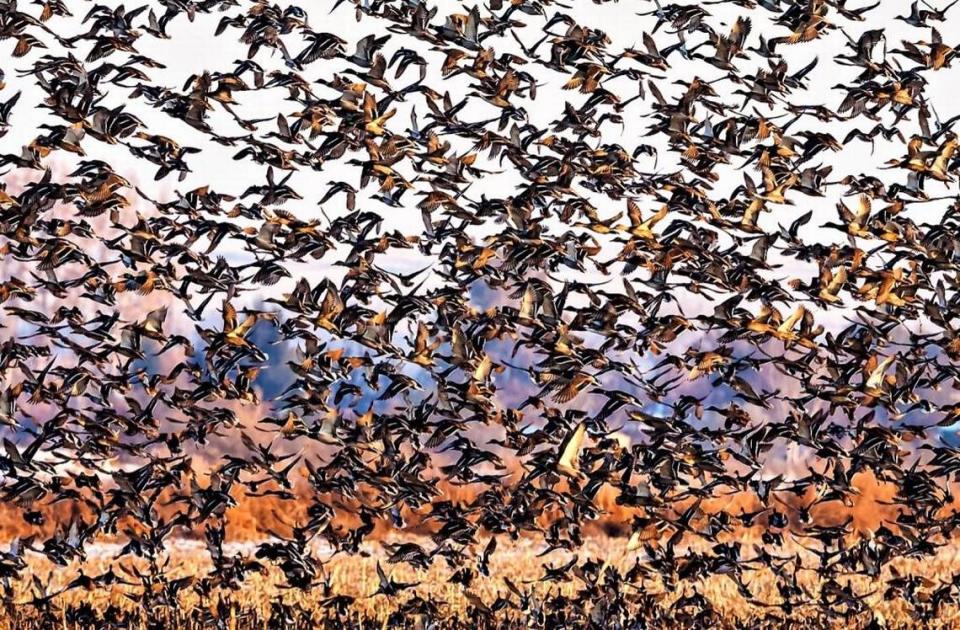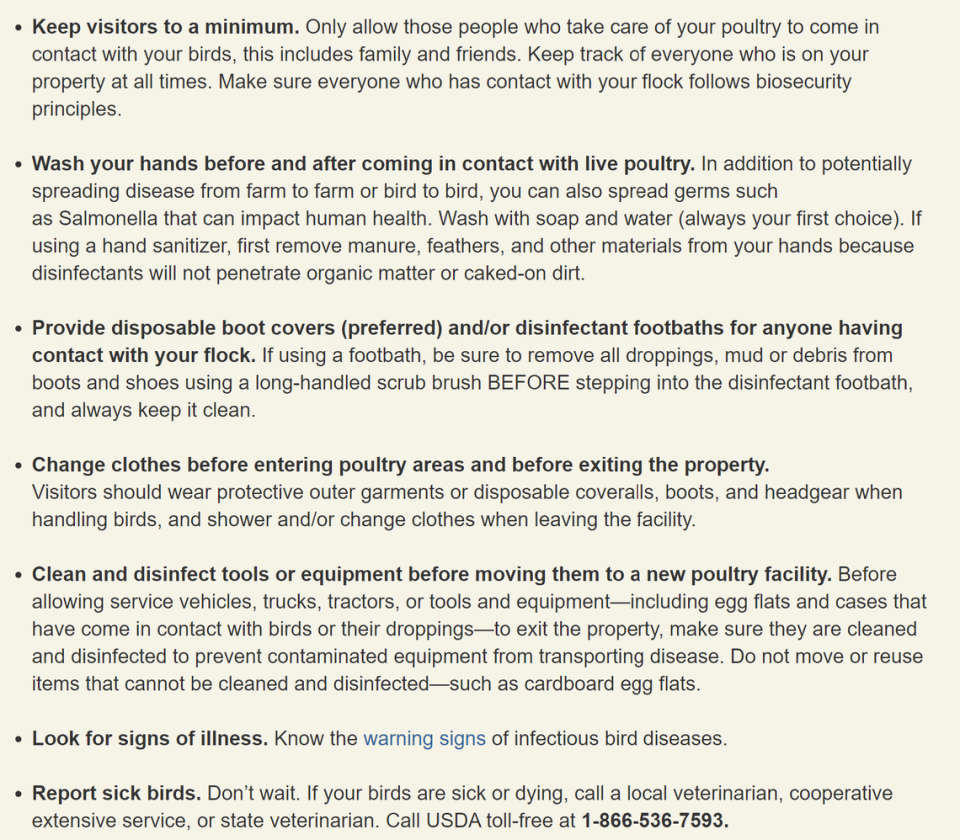Bird flu has to ‘run its course’ in Idaho. Here’s how you can help poultry and wild birds
Avian influenza, also known as bird flu, has arrived in Idaho, and it’s quickly spreading through the state.
Two flocks of chickens were infected with the highly infectious flu last week. As of May 19, nearly 1,000 poultry birds have been reported as infected to the Idaho State Department of Agriculture. That number is expected to surpass 1,000 when counting the unidentified number of wild birds such as waterfowl that have contracted the virus.
Avian flu can spread to humans, but it is unlikely. In most cases, symptoms only amount to mild flu-like symptoms and, less commonly, diarrhea, nausea, vomiting, or seizures, according to the Centers for Disease Control and Prevention.
But it can be lethal to birds, and according to Idaho Fish and Game, there’s little that can be done except to let the virus run its course. There is currently no treatment for the flu among birds.
“We are aware sick and dead birds are being seen by the public in many ponds, irrigation ditches, etc., especially in the Treasure Valley, and we do not know how long this avian influenza outbreak will last,” said Stacey Dauwalter, Fish and Game wildlife health program coordinator, in a press release. “Infected geese, ducks and other birds will continue to be found until the outbreak has abated.”
Although letting the virus run its course sounds helpless, there are still some things that people can do to slow the spread of the potentially deadly flu.
How did the flu arrive in Idaho?
The avian flu isn’t a new thing to Idaho or much of the United States. The virus often comes in waves around spring and fall when migratory birds such as geese and ducks pass through the region to and from breeding grounds.
The flight path over Idaho is known as the Pacific Flyway, one of four major North American avian migration routes extending as far north as Alaska and down to South America. After spending months breeding in close proximity and spreading the virus among a flock, the birds will migrate and spread the disease to non-migratory birds and poultry.
“Millions of birds that are going to be heading into the breeding grounds in Canada and as far north as Siberia,” Fish and Game spokesperson Roger Phillips told the Idaho Statesman. “When you have that many birds congregating, the likelihood of keeping this virus going is that much higher. Some of them are going to die from it, and others are going to be carriers of it.”

Phillips said he hopes that the virus will phase out as we head into the summer months but would not be surprised if there’s a rebound in the fall as birds begin to migrate back south and pass through Idaho.
How can you help protect wild birds?
Avian flu spreads primarily through bird saliva, nasal secretions and feces. The flu spreads from bird to bird, but there are some ways that humans can help.
One way is to avoid any instance in which waterfowl and other small birds can congregate on your property, Phillips said. That includes not feeding waterfowl like ducks and geese but also removing bird feeders so the virus cannot spread among smaller birds like hummingbirds.
Dead birds can be disposed of by wearing gloves and a mask and double-bagging the bird before placing it in the trash. Sick or dead birds can also be reported online to Idaho Fish and Game.
How can poultry be protected?
Dominifarm Animal Sanctuary in Kuna posted on Facebook on May 19 that it had recently received a bird that infected the sanctuary’s whole flock of birds, including “emus, geese, ducks, chickens, doves, quails, turkeys, and pheasant.”
According to the post, the U.S. Department of Agriculture euthanized the whole flock to prevent the further spread of the flu.
The Treasure Valley has been one of the hardest-hit areas in the state, with 19 of the 23 reported poultry outbreaks reported in Ada or Canyon Counties.
The USDA runs a program called Defend the Flock, which educates poultry owners and workers on ways to help protect their birds from avian flu.
The top tip is to keep visitors to a minimum and only let a small group of people come into direct contact with the birds. Changing clothes and washing your hands before and after dealing with a flock can also ensure that no foreign virus is introduced to the birds. Bird flu can also be carried on tools and equipment, so any apparatus used around the flock should be disinfected before and after use.

The USDA also provides a list of symptoms that bird owners should look out for that could indicate bird flu:
Sudden death without any clinical signs
A lack of energy or appetite
Decreased egg production and misshapen or soft eggs
A swollen head, comb, eyelids, wattles or hocks
Purple discoloration of wattles, comb and legs
Nasal discharge, coughing and sneezing
Incoordination
Diarrhea

 Yahoo Movies
Yahoo Movies 
